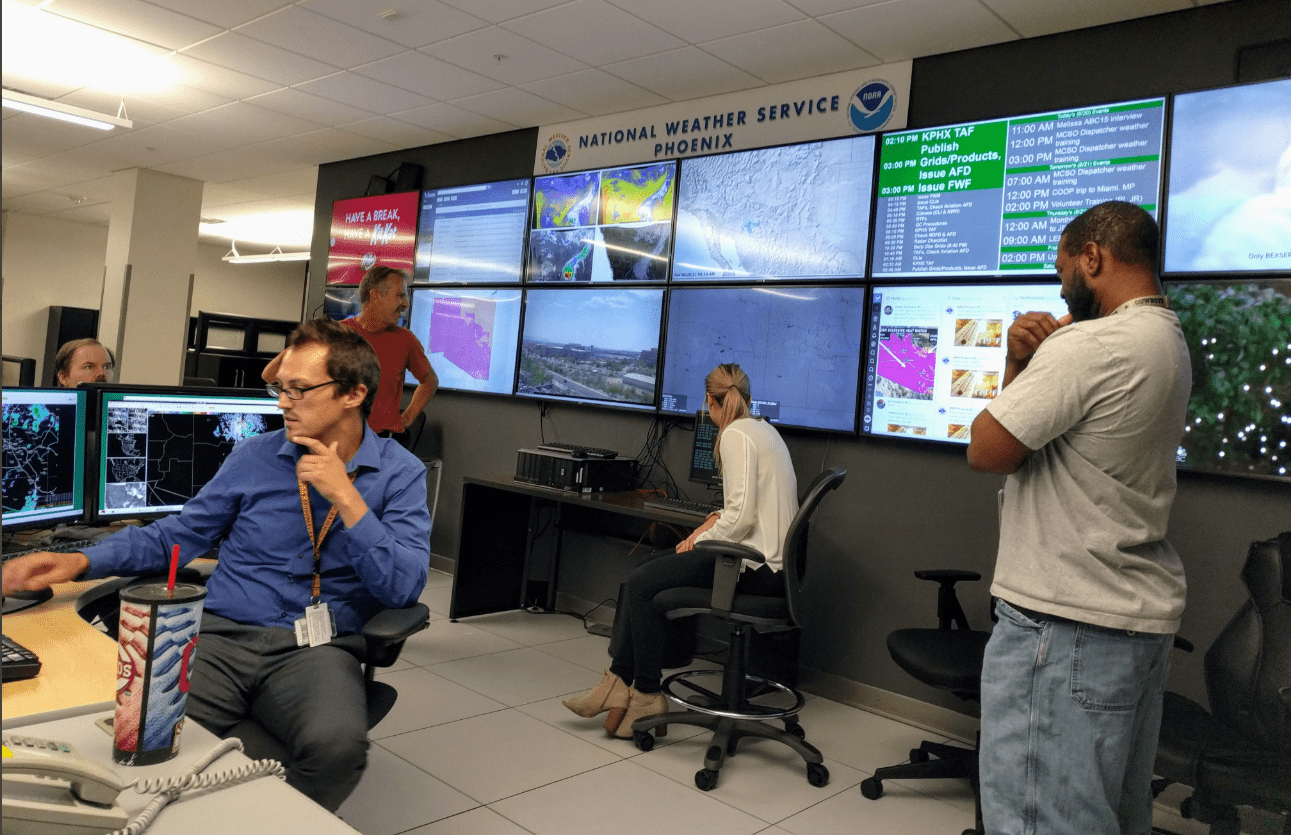Decoding National Weather Service forecast discussions
NWS technical area forecast discussions give deeper insight into forecast reasoning.

Forecasters at the National Weather Service in Phoenix, AZ
NOAA
Go Deeper.
Create an account or log in to save stories.
Like this?
Thanks for liking this story! We have added it to a list of your favorite stories.


